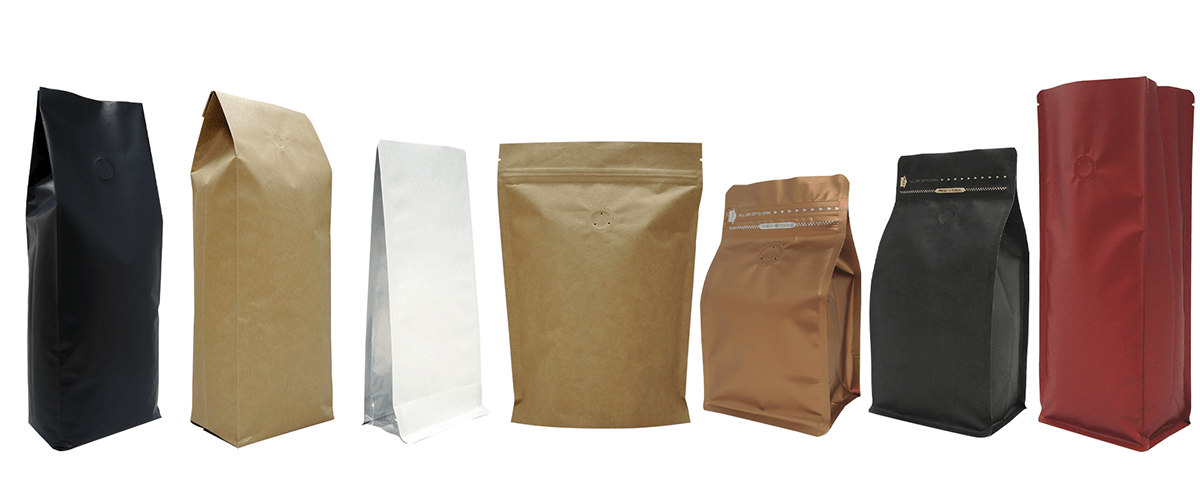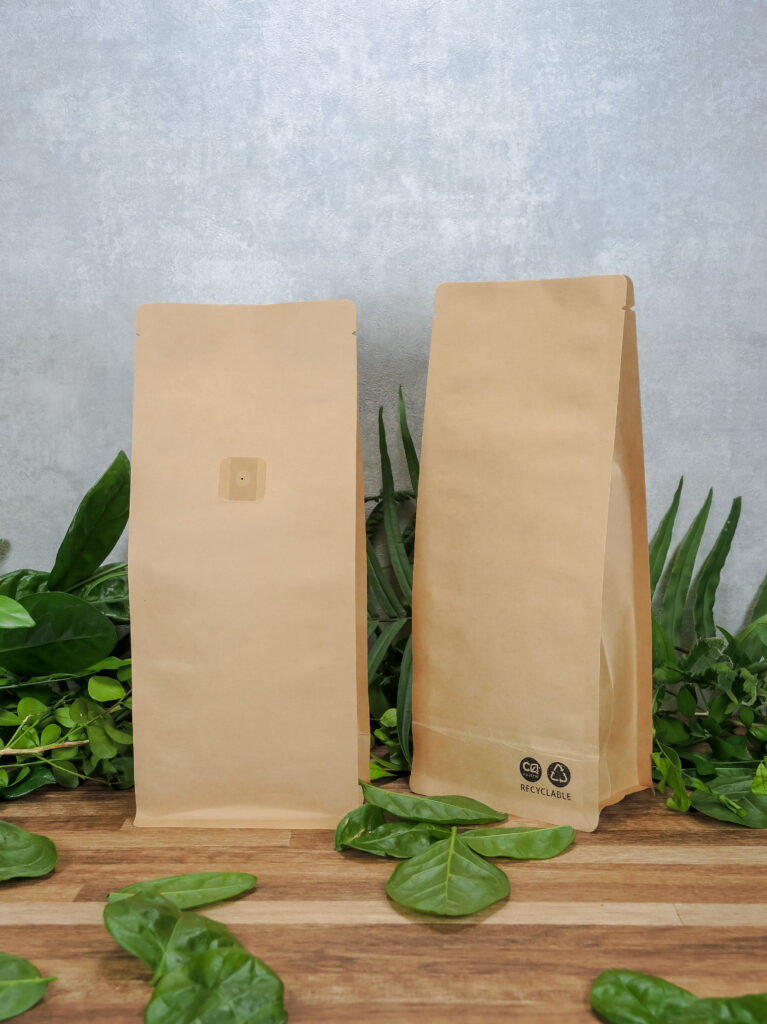
While the coronavirus pandemic may be the talk of the town these days, climate change hasn’t exactly gone away and is still one of the world’s leading issues.
With this in mind, FMCG companies across the globe – both big and small – have altered their approach to act more sustainably, utilising eco-friendlier packaging to deliver their products and sourcing ingredients from more ethically-approved locations.
So, if this sounds like something you’d like to do with your products as well – packaging them in a way that not only looks good but does good as well – then we can help.
And, what’s more, with Christmas just around the corner, there’s no better time to do exactly that – showcasing your products as Christmas gifts while helping to protect the planet at the same time.
1. Design With Recycling In Mind
One of the more obvious ways to make your packaging sustainable is by designing it with recycling in mind.
But, while this may sound easy on the face of it, for it to meet recycling requirements, there are several hoops to jump through – in other words, just because your packaging is designed for recycling, that doesn’t mean it necessarily will.
At present, most recycling technologies require a lot of energy and, generally speaking, the quality of the packaging diminishes substantially whenever it’s recycled.
Therefore, when it comes to your packaging’s design – whether it be for a stand-up pouch or a side gusset bag – try and make the infrastructures you use as rigid as possible. That way, they’ll be more likely to be reused over and over again.
2. Design With Reuse In Mind
With the recycling process being so expensive, why not think about designing your packaging for reuse instead?
You could, for example, embed seeds into the packaging for a user to plant when they’re done with it. Or, alternatively, you could design it in such a style that the consumer can wash it and use it as a storage implement once it’s done.
The important thing to bear in mind when doing this, however, is the cost involved. If somebody were to simply throw away your packaging, for instance, consider what the environmental impact would be in terms of how much energy it cost to produce, the materials it’s made from, etc.
3. Avoid Plastics.
Another growing trend within the FMCG packaging industry is the movement away from fossil-fuel-based plastics towards bioplastics instead.
While they are pretty much identical in their structure and design, bioplastics are much more environmentally friendly and could help you significantly reduce your carbon footprint.
However, it’s important to bear in mind the environmental impact they could potentially have in other ways as well since overusing them could lead to increased acidification and further potential marine wildlife issues.
For further advice on how to improve the sustainability of your packaging, why not ask the experts? Here at The Bag Broker, we have substantial experience to our name and can help you and your business move towards making more of a positive environmental impact.


